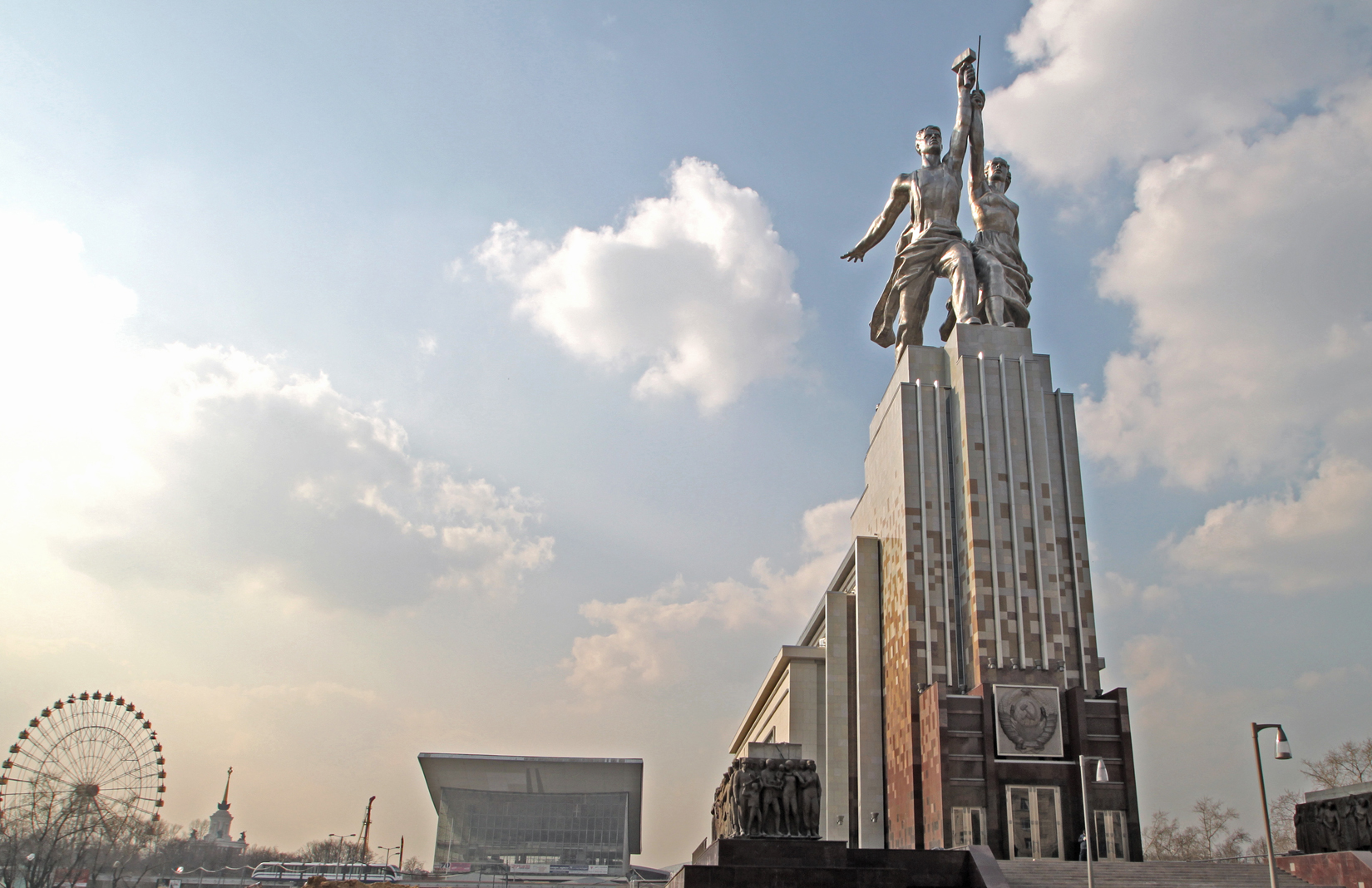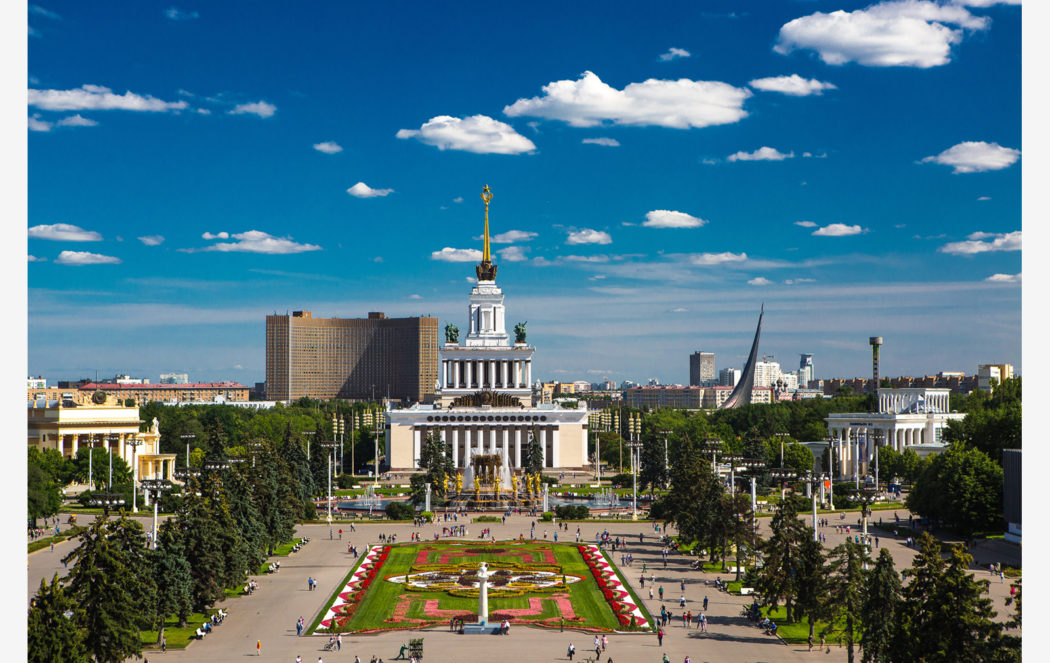The dirt shone red-orange in the car headlights, the road little more than a trench cutting through endless miles of dry terrain. Night had caught us by surprise, still hours from our destination. We sped through the moonlit wilderness, one single light in a rocky land dotted with pylons, ruined churches, and every few miles or so, looming ghostlike out of the darkness, the vestigial remains of Armenia’s Soviet monuments.
Somewhere near the village of Dashtadem, down in the southwest corner of Armenia, we lost the road altogether. The tarmac, half hidden under dust, took a sudden, sharp turn to the right while we carried on straight ahead. The car shuddered into the dirt, bouncing to a violent halt; and the small halo of light that had surrounded us erupted into a glowing cocoon of dust and smoke.
Nearby, an invisible siren whooped. In all these empty miles we had managed to plough into the verge just a stone’s throw from a police patrol car (I wondered how long it had waited there, like a trapdoor spider, for anyone to pass), and now we were due for a reckoning.
As one officer leaned down to the driver window, we told him we didn’t speak Armenian. We might have just about got by in Russian, but we told him – in English – that we didn’t speak that either. We assumed that the harder we made this, the more likely the police would just send us on our way… and it worked, though not without one final test to pass.
This Armenian police officer motioned the driver to get out of the car, then he cupped his hands and mimed a gesture of breathing into them. Our driver – an American – did as he was told, he emptied his lungs into the man’s palms and the officer took a good hard sniff. If he’d been expecting vodka breath, he was pleasantly surprised: we weren’t drunk, just tired.
As we reversed back onto the road the two police officers had a good laugh at our expense. They waved us off, muttering something that I can only guess meant “Stupid tourists.”

SOVIET MONUMENTS IN ARMENIA
Armenia has an incredible number of monuments, and many of those that stand today were built between 1922 and 1991 in what was then known as the Armenian Soviet Socialist Republic. According to Garnik S. Shakhkian, author of the 1989 collection Architectural Monuments in the Soviet Armenia, more than 40,000 such structures were built.




